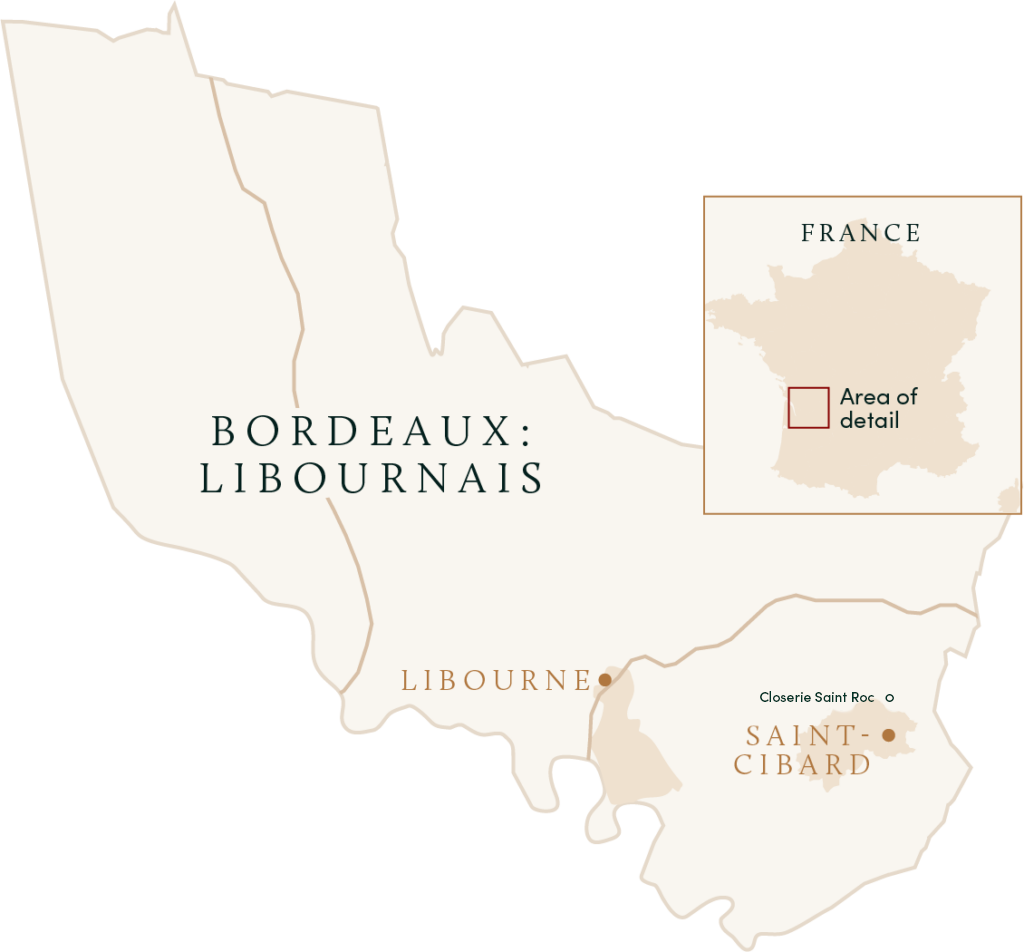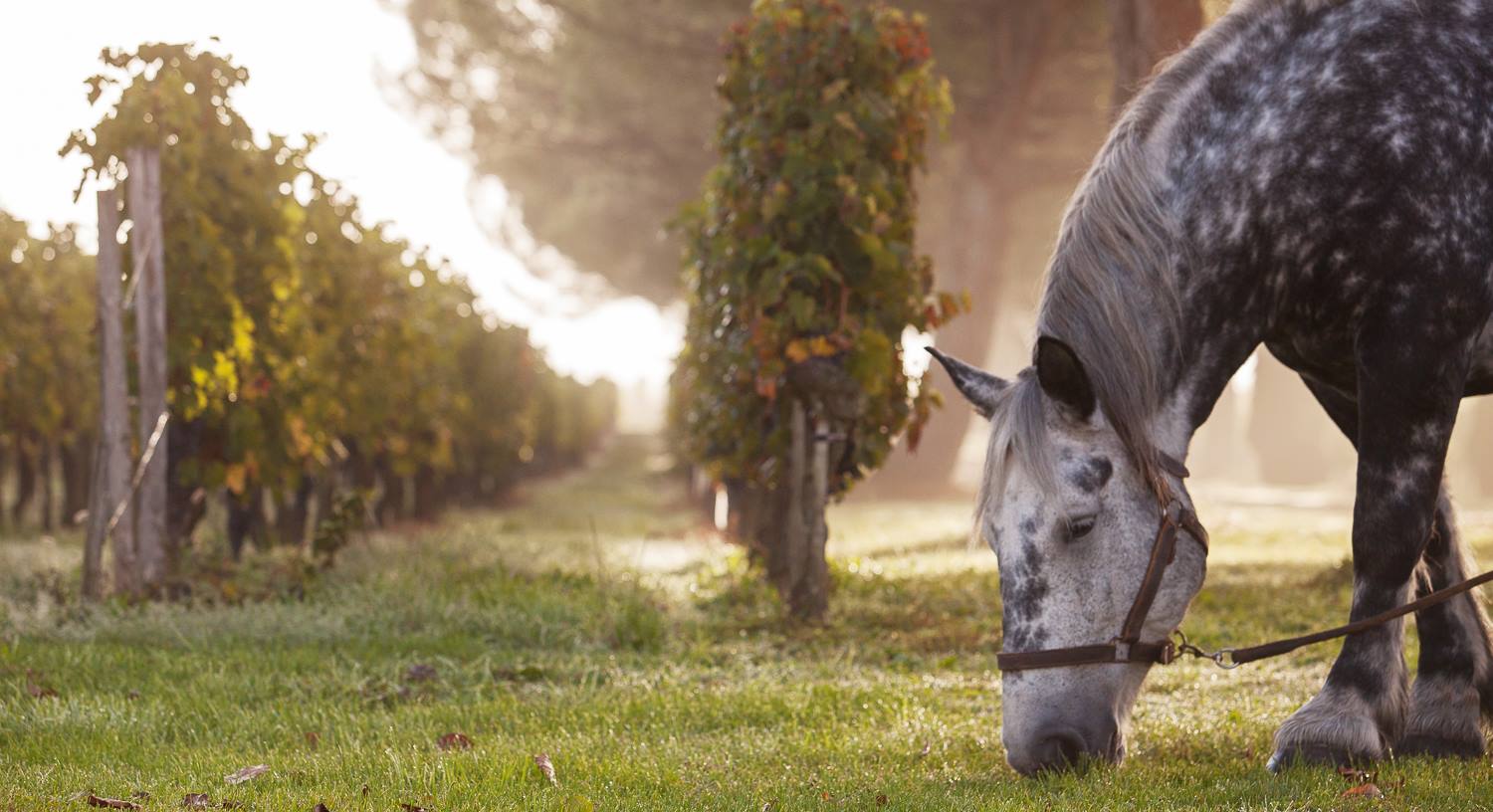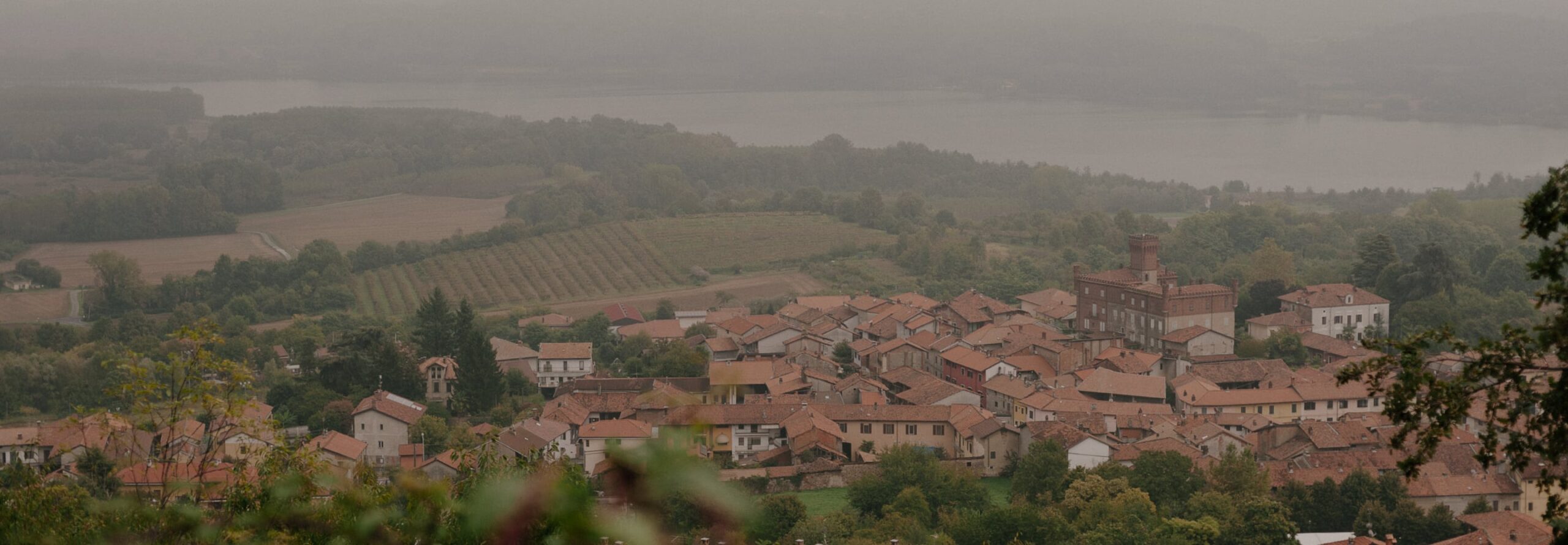The Amoreau family has been at the helm of Chateau Le Puy, in the Francs-Cotes de Bordeaux appellation, since 1610, and their unbroken tradition of chemical-free farming (horses are still employed for plowing), natural ferments, gentle extraction, aging in old barrels, and bottling without filtration and with the barest minimum of sulfur (sometimes none) has gained them an enormous cult following over the years.
They may not be in a “name” appellation, but Le Puy is its own universe, and in fact their vineyards–35 hectares of vines on their biodynamically run 100-hectare property–sit on the same vein of asterie limestone as Pomerol and Saint-Emilion.
Some years back, they acquired a nearby but slightly lower-altitude property and began producing the much-beloved and terrific-value “Duc des Nauves” using the same “infusion”-method (as opposed to extraction-based) fermentation and additive-free aging as they employ at Le Puy.
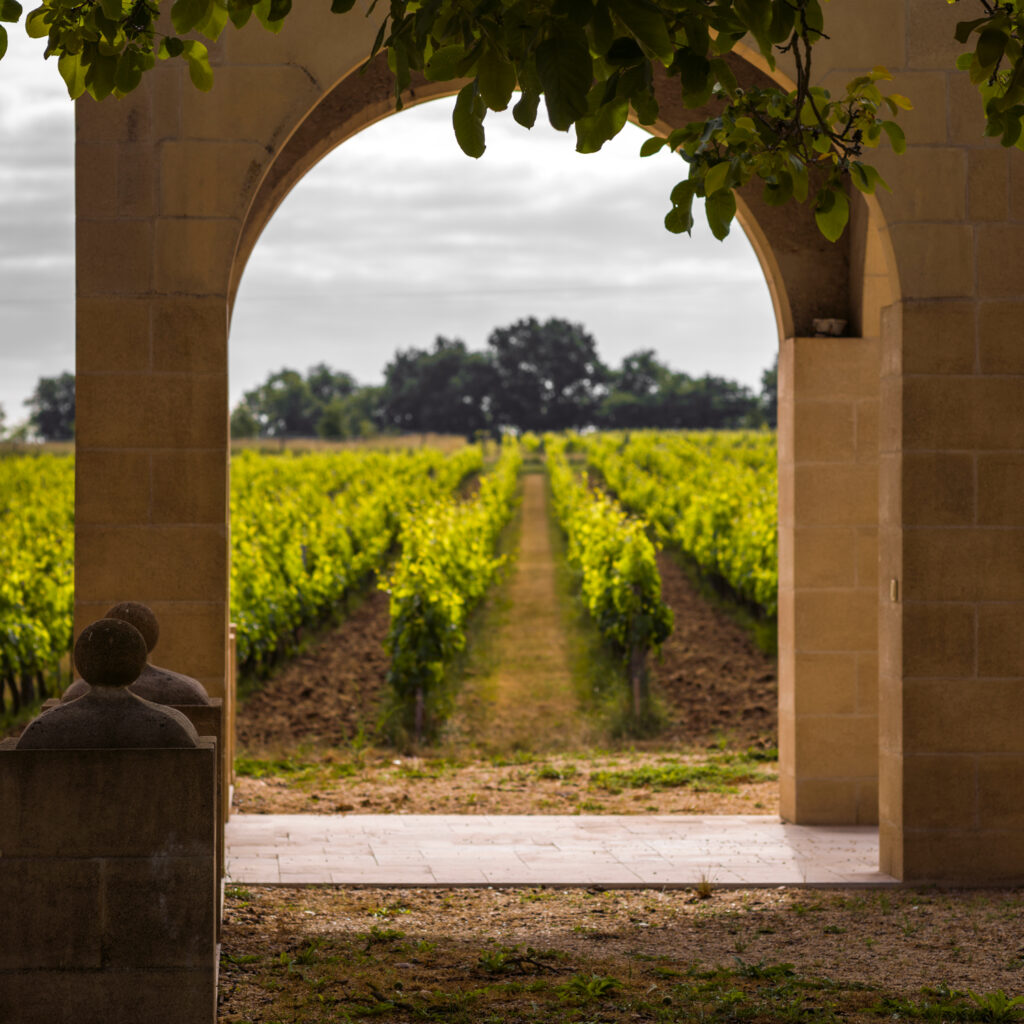
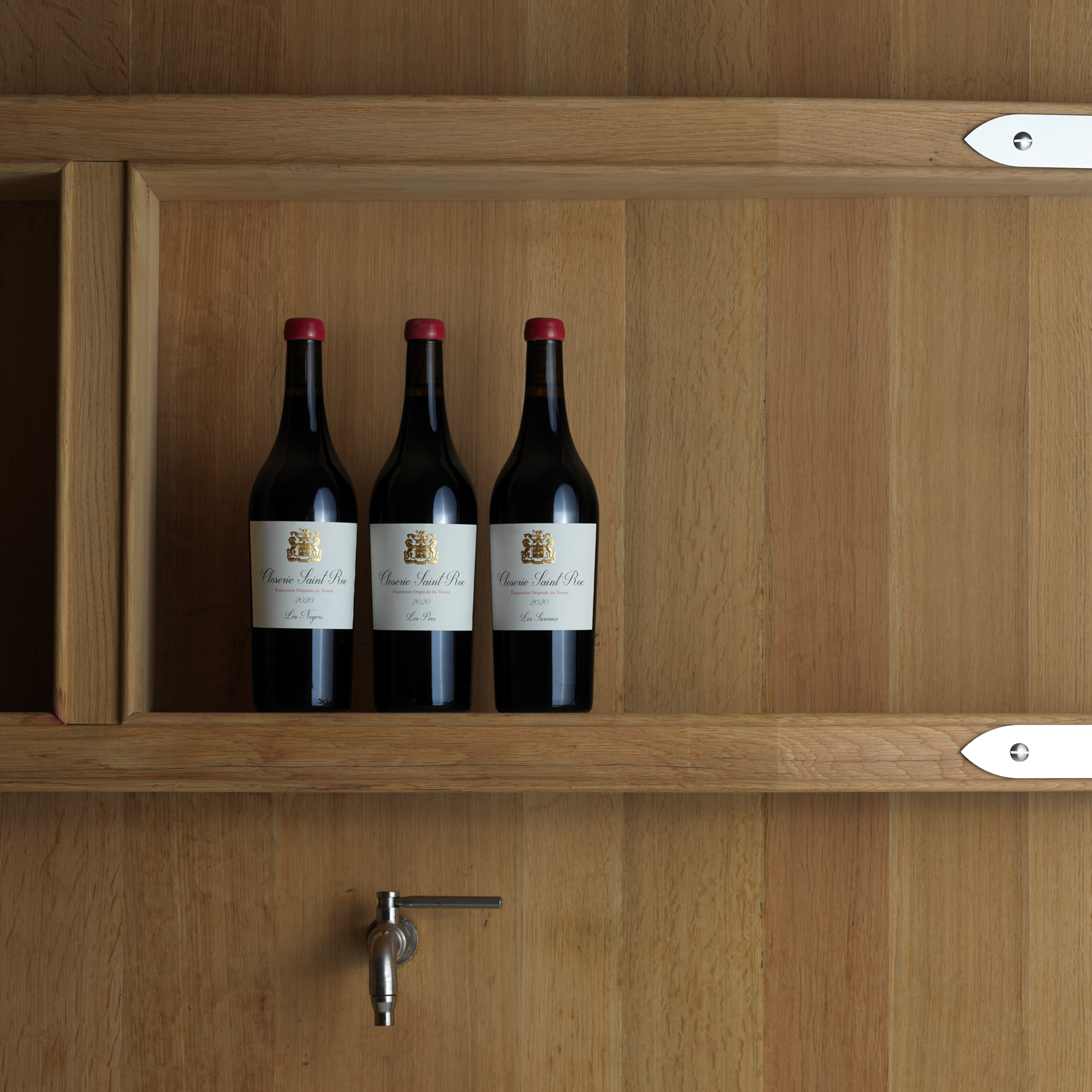
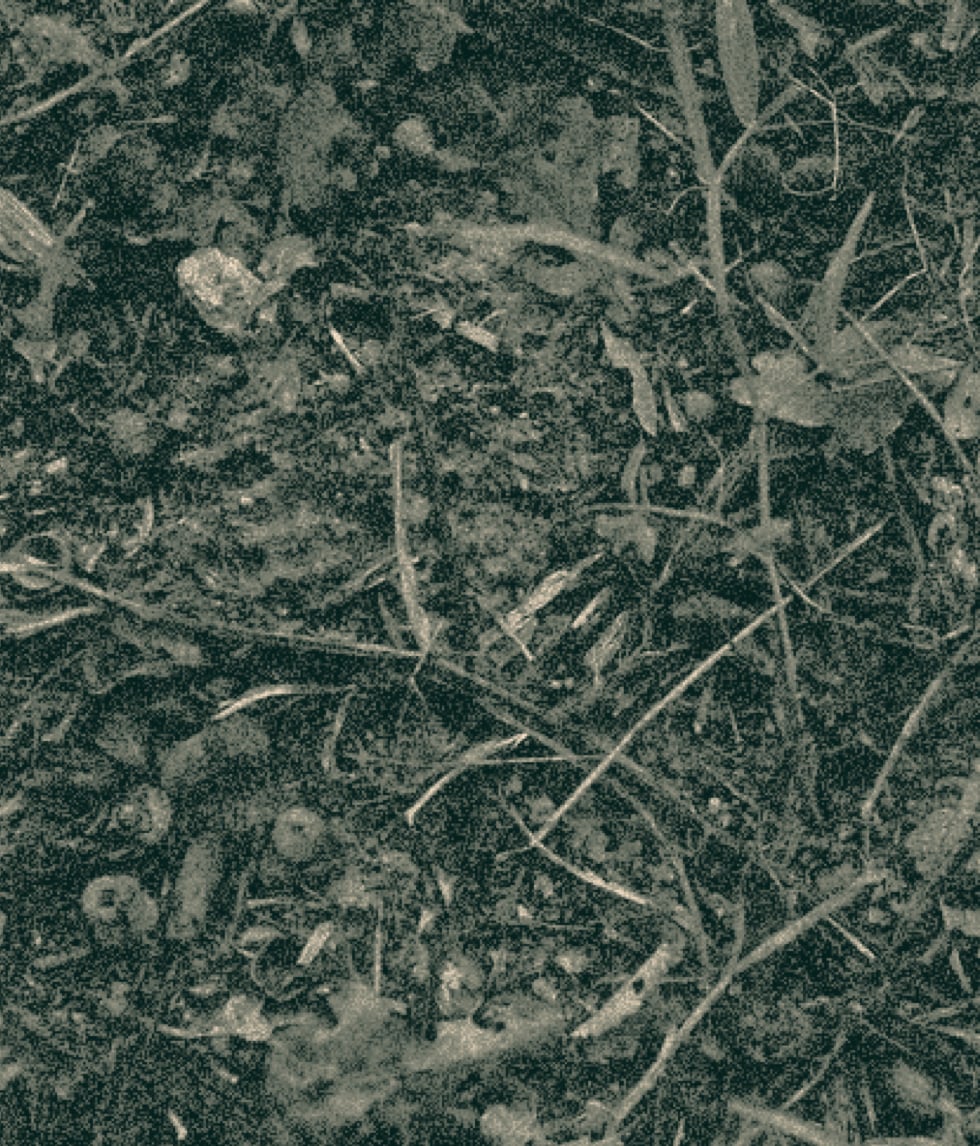
Closerie Saint Roc is an enclosed 16-hectare vineyard on the site of a historic 12th-century encounter between the English and the French, located just one kilometer south of Le Puy.
More recently, they were able to purchase the Closerie Saint Roc–an enclosed 16-hectare vineyard on the site of a historic 12th-century encounter between the English and the French, located just one kilometer south of Le Puy and planted decades ago to Merlot, Cabernet Sauvignon, and Cabernet Franc which thrive in the closerie’s limestone-rich, fossil-strewn soils.
For the wines of Closerie Saint Roc, which are separated by parcel based on soil type, the Amoreaus employ the same distinctive technique of “dynamization” they use for Le Puy’s spellbinding top wine “Barthelemy”: after a spontaneous submerged-cap fermentation in enormous concave-top cement vat, the wines are moved by gravity to old 228-liter barrels where, every few weeks, in accordance with the lunar calendar, the wine is stirred methodically in alternating clockwise and counterclockwise motions, thereby absorbing the gross lees into the wines over time and fortifying them against oxidation. No sulfur is added at any point during the entire elevage, and the resulting wines are astonishingly vivid in their fruit profiles and uncannily harmonious in their textures.
Farming
Certified biodynamic
Treatments
Copper-sulfate only
Soils
Asterie limestone
Harvest
Fully manual
PURCHASING
Entirely estate fruit
Fermentation
Spontaneous
Extraction
Infusion
Chaptalization
None
Malolactic Fermentation
Spontaneous
Élevage
Used 225-liter oak barrels
FINING & FILTRATION
None
SULFUR
None
